RAW MATERIALS HANDLING SYSTEMS & CONVEYING TECHNOLOGY & PRODUCTS
Materials Handling Systems in process industries refer to a set of equipment, processes, and strategies designed to efficiently and safely move, transport, store, and manipulate raw materials, intermediate products, finished goods, and other substances within the production and manufacturing environment.
These systems are essential components of various industries, including manufacturing, chemical, food and beverage, pharmaceuticals, mining, and more.
The primary objectives of Materials Handling Systems in process industries are to enhance productivity, reduce operational costs, ensure product quality, and maintain workplace safety.
Key aspects and components of Materials Handling Systems in process industries include:
Conveyors: Conveyors are a fundamental part of materials handling systems. They consist of belts, rollers, or other mechanisms that transport materials from one point to another. They come in various types, including belt conveyors, roller conveyors, screw conveyors, and pneumatic conveyors, among others.
Storage Systems: This includes silos, bins, hoppers, and warehouses for storing raw materials, work-in-progress, and finished goods. Proper storage ensures materials are readily available when needed in the production process.
Material Transport Equipment: These are specialized machines for moving materials within a facility. This includes forklifts, pallet jacks, automated guided vehicles (AGVs), and hoists.
Material Sorting and Separation Systems: These systems automate the sorting, grading, and separation of materials based on specific criteria, such as size, weight, or quality.
Automated Systems: Automation plays a crucial role in materials handling, with the use of robotics and automated guided vehicles (AGVs) for efficient and accurate material transport.
Packaging and Palletizing Systems: These systems handle the packing and stacking of finished products, ensuring they are prepared for shipping or storage.
Quality Control and Inspection Systems: Some materials handling systems incorporate sensors and inspection technologies to check the quality of materials as they move through the process.
Environmental and Safety Considerations: Proper materials handling systems should consider environmental regulations and safety standards to minimize risks to employees and the environment.
Cost Efficiency: Materials handling systems aim to reduce operational costs, including labor, energy, and maintenance expenses.
Productivity Enhancement: Efficient materials handling contributes to increased production output and reduced cycle times, improving overall productivity.
Flexibility and Scalability: The ability to adapt materials handling systems to changing production requirements and increased demand is crucial for process industries.
Overall, Materials Handling Systems in process industries are designed to streamline the movement of materials throughout the production process, reducing manual labor, improving safety, and enhancing the overall efficiency of the manufacturing or processing operations. These systems play a vital role in ensuring that raw materials are transformed into finished products with minimum waste, reduced handling time, and maximum productivity.

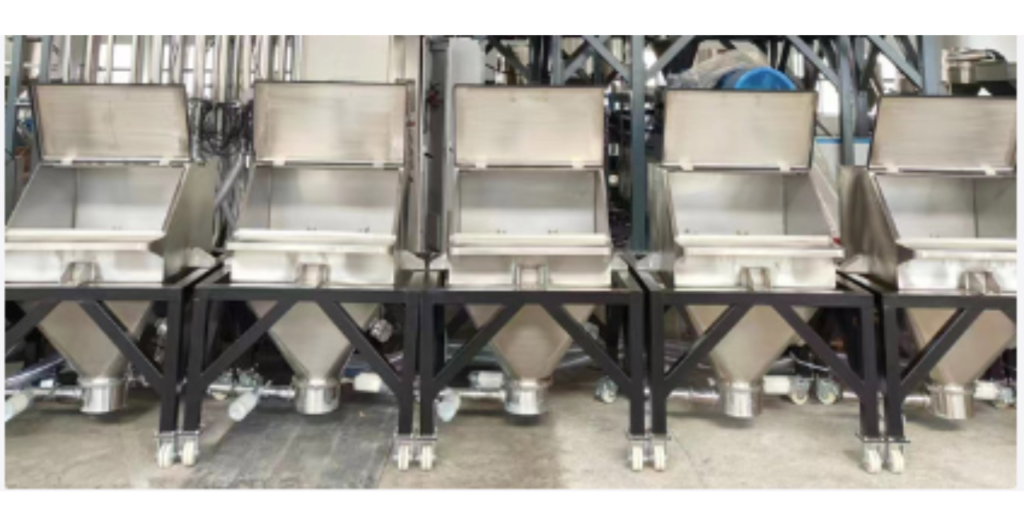
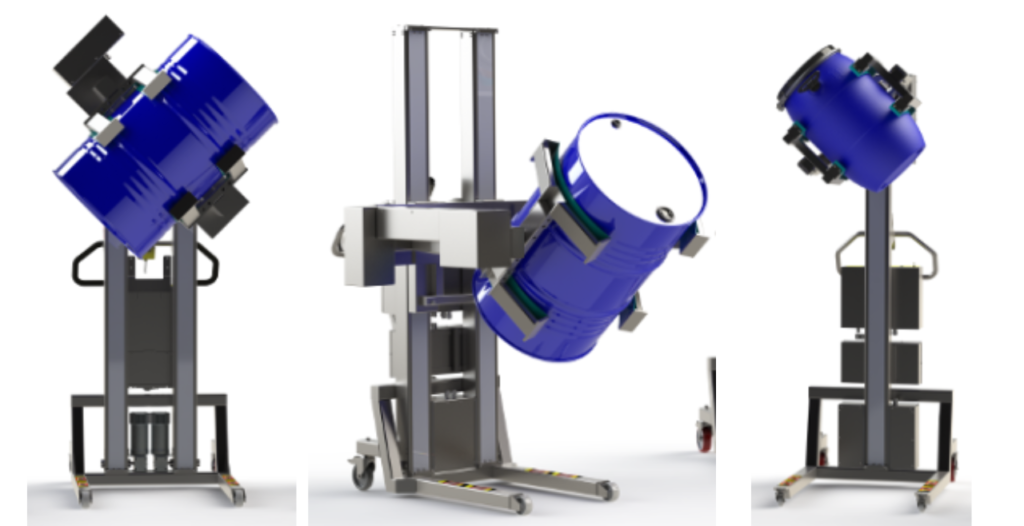
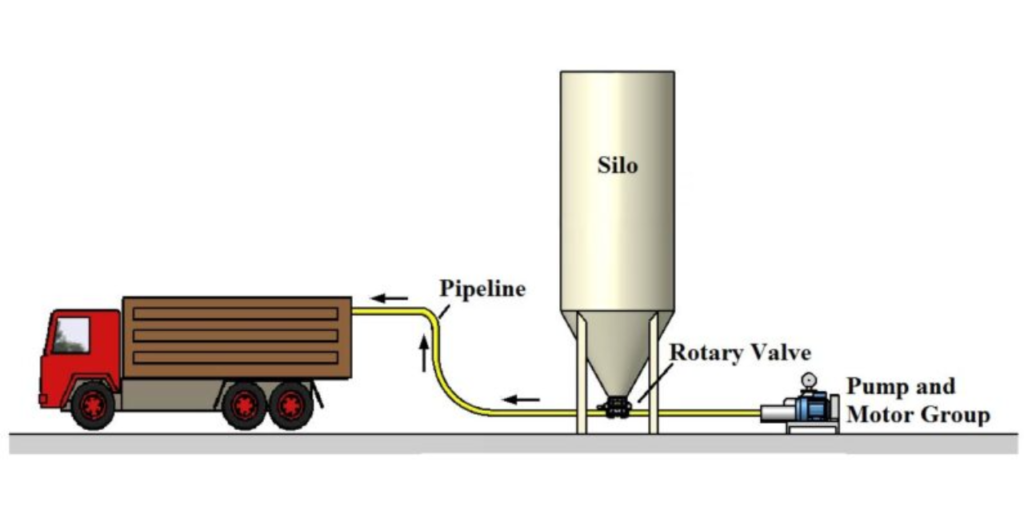

Conveying Systems in process industries refer to a specialized set of equipment and mechanisms designed to transport various materials, such as raw materials, bulk solids, liquids, or products, from one location to another within a production or manufacturing environment. These systems play a critical role in streamlining the movement of materials, enhancing efficiency, and reducing manual labor in industries like manufacturing, food and beverage, mining, pharmaceuticals, and many others.
Key features and components of Conveying Systems in process industries include:
Conveyor Belts: Conveyor belts are a common component used for transporting a wide range of materials. They consist of a continuous loop of materials that move on a belt driven by pulleys or rollers.
Screw Conveyors: These are helical screw-like devices that move materials by rotating within a trough. They are particularly useful for moving granular or powder materials.
Pneumatic Conveyors: These systems use air pressure to convey materials through pipes or tubes. They are suitable for transporting powders, grains, and other materials over long distances.
Bucket Elevators: Bucket elevators are used to vertically lift bulk materials. They consist of buckets attached to a belt or chain that move materials up or down.
Vibratory Conveyors: These conveyors use vibrations to move materials along a trough. They are commonly used for fragile materials or items that require precise control.
Roller Conveyors: Roller conveyors use a series of rollers to move materials. They are often used for pallets, containers, or other heavy items.
Slat Conveyors: Slat conveyors have slats or plates that move materials along a path. They are commonly used in assembly lines or for transporting hot or heavy items.
Drag Chain Conveyors: These conveyors use a chain to move materials along a track. They are suitable for materials that are abrasive or prone to wear.
Conveying Systems in process industries serve various purposes, including:
Material Transport: The primary purpose is to transport materials efficiently from one point to another, ensuring they reach the right location within the production process.
Automating Material Handling: These systems reduce the need for manual labor in material handling, enhancing productivity and reducing the risk of workplace injuries.
Quality Control: Conveying systems may incorporate sensors and inspection equipment to monitor the quality of materials as they move through the process.
Efficiency and Throughput: By streamlining material movement, these systems contribute to increased production efficiency and throughput.
Environmental and Safety Considerations: Proper design and operation of conveying systems consider environmental regulations and safety standards to minimize risks to employees and the environment.
Conveying Systems in process industries are integral to the overall efficiency and productivity of manufacturing and production processes, ensuring that materials are moved reliably and efficiently through the various stages of production.
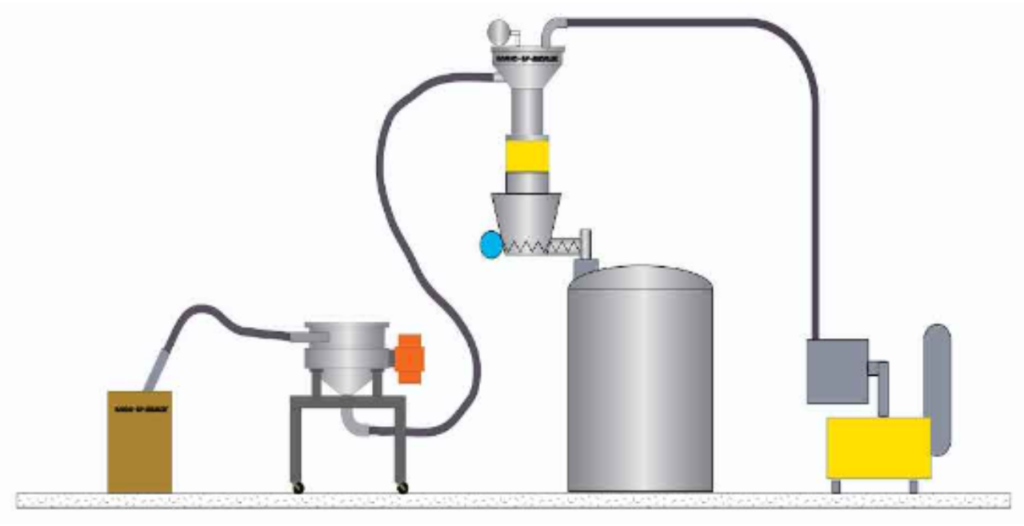

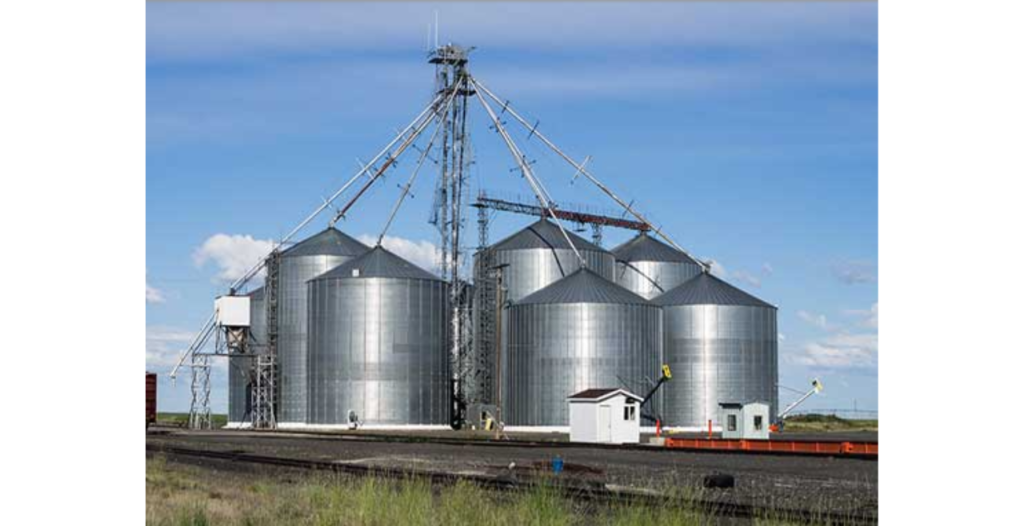
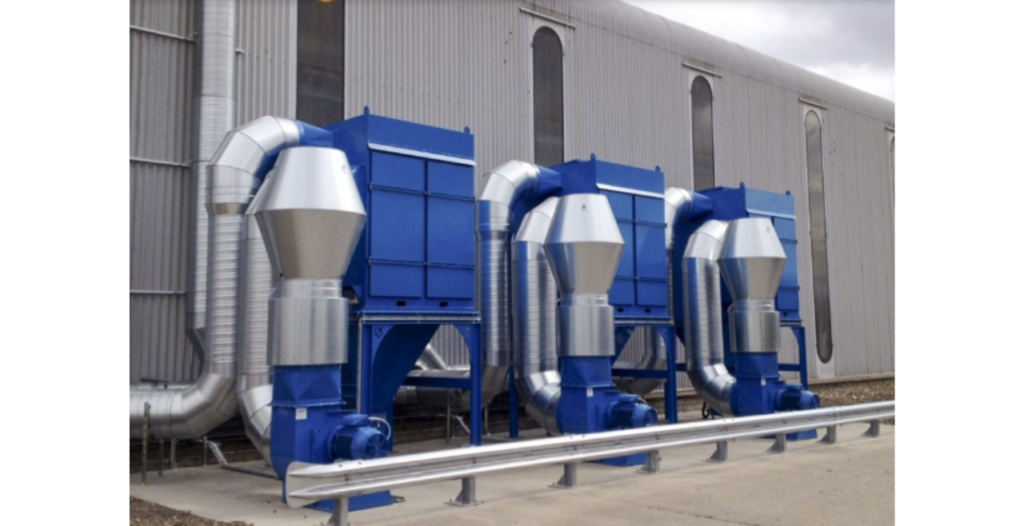
Raw materials handling and conveying systems are essential components in various industries, including manufacturing, mining, agriculture, and construction. These systems facilitate the movement of raw materials from one location to another within a production or processing facility. Here is a summary of the key aspects of raw materials handling and conveying systems:
Definition: Raw materials handling and conveying systems are mechanisms and equipment designed to transport, move, and manage bulk materials, components, or goods within a production facility. These systems ensure the efficient and safe transfer of raw materials throughout the production process.
Types of Materials: These systems can handle a wide range of materials, including solid, liquid, and gaseous substances. Common examples include ores, grains, chemicals, cement, wood, and industrial goods.
Components:
- Conveyors: Conveyors are the backbone of these systems and come in various types, such as belt conveyors, screw conveyors, pneumatic conveyors, and roller conveyors.
- Hoppers and Chutes: These are used for material loading and distribution.
- Elevators and Lifts: Vertical movement of materials is achieved through elevators or lifts.
- Material Storage: Silos and bins are used to store bulk materials before processing.
- Transfer Points: Equipment like diverters, valves, and gates facilitate material flow control.
Automation: Automation is a crucial aspect of modern handling and conveying systems. Automated systems use sensors, PLCs (Programmable Logic Controllers), and computer-based control systems to manage material flow, monitor inventory, and optimize operational efficiency.
Benefits:
- Increased Efficiency: These systems streamline material handling, reducing manual labor and operational costs.
- Improved Safety: Automation reduces the risk of accidents and injuries associated with manual material handling.
- Enhanced Consistency: Automation ensures that materials are transported consistently and according to specific requirements.
- Space Optimization: Vertical conveying systems can maximize the use of available space in a facility.
Industries: Raw materials handling and conveying systems are employed in various industries, including agriculture (grain handling), mining (ore and minerals transport), manufacturing (assembly lines), and logistics (material handling in warehouses).
Challenges:
- Material Compatibility: Different materials have distinct handling requirements, and systems must be tailored to these specifics.
- Environmental Factors: Systems need to account for factors like temperature, humidity, and dust, which can affect material flow.
- Maintenance: Regular maintenance is essential to keep the equipment operational and prevent breakdowns.
Environmental Considerations:
- Sustainable Practices: Some industries are adopting eco-friendly solutions, like energy-efficient conveyors and dust containment systems, to reduce environmental impact.
- Dust Control: Proper dust control systems are necessary to prevent environmental pollution and protect worker health.
In summary, raw materials handling and conveying systems are critical for the efficient and safe movement of raw materials within various industries.
These systems are highly versatile, with different components and automation technologies designed to meet the specific needs of different materials and applications.
If You Have Specific Inquiries For The Same Or Require Design Services, Please Contact Our Sales Team @ T.E.A.M. Engineer’s Multi-Equipment & Multi-Services Pvt. Ltd. As Soon As Possible.


 Sales & Marketing:
Sales & Marketing:  Service Supports:
Service Supports:  Website:
Website: 